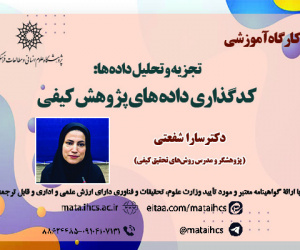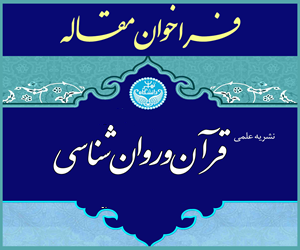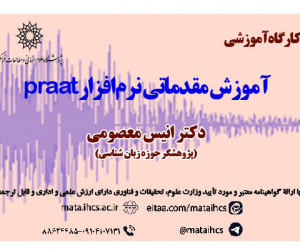تحلیل گفتمان فیلم های سینمایی در رابطه با دولت در سینمای ایران در سال های 1369-1358 ه.ش (مقاله علمی وزارت علوم)
درجه علمی: نشریه علمی (وزارت علوم)
آرشیو
چکیده
شناخت مفهوم «دولت» به عنوان مهم ترین رکن نظام سیاسی، یکی از راهبردی ترین مسائل در پژوهش های سیاسی-اجتماعی به شمار می آید. رسانه های ارتباط جمعی منبع مهمی برای صورت بندی افکار عمومی در نسبت با نهاد دولت قلمداد می گردد. در این میان، «سینما» تأثیرگذارترین رسانه ای است که از یک سو توان جذب افکار و برانگیختن تصورات و اذهان مردم را دارد و از سوی دیگر شرایط اجتماعی حاکم و نقش دولت در هر دوره تاریخی را بازنمایی می کند. در همین راستا، پس از انقلاب اسلامی ایران، سینما به مثابه یک ابزار استراتژیک و محور سیاستگذاری های فرهنگی-رسانه ای، مورد توجه دولت ها قرارگرفته است. براین اساس، هدف پژوهش حاضر، نیل به تفسیر و تبیین گفتمانی از پدیده دولت در هنر-رسانه ی سینما است. سوال اصلی تحقیق آن است که با توجه به نقش مهم دولت در زندگی اجتماعی، این نهاد چگونه و در قالب چه گفتمان هایی در فیلم های سینمایی بازنمایی شده است؟ با به کارگیری روش «تحلیل گفتمان پدام» و نظریات گفتمان و بازنمایی، 16 فیلم مهم سیاسی-اجتماعی تولید شده در فاصله سال های 1358 تا 1369 مورد تحلیل قرار گرفته است. نتیجه حاصل از تحلیل گفتمان فیلم های مورد مطالعه نشان می دهد تقریباً تمامی فیلم های سیاسی سینمایی تولید شده در این سال ها به بازنمایی دولت اقتدارگرای پهلوی و نمایش ظلم وستم آن بر جامعه ایران پرداخته است و سینمای سیاسی ایران در دهه 60 تا پایان جنگ تحمیلی، متأثر از فضای انقلابی آن زمان، با انتقاد از نظام سیاسی پیشین، دولت را در قالب گفتمان "دولت اقتدارگرا" بازنمایی کرده است.Discourse Analysis of movies related to State in Iranian cinema in the years 1358-1369 A.H
Understanding the concept of "State" as the most important pillar of the political system is one of the most strategic issues in socio-political research. Mass communication media is considered an important source for shaping public opinion in relation to the government institution. "Cinema" is the most influential media has the ability to attract people's thoughts and on the one hand, and on the other hand it represents the prevailing social conditions and the role of state in every period. In this regard, after the Islamic Revolution of Iran, cinema has received the attention of governments as a strategic tool and the center of cultural-media policies. Therefore, the aim of the research is to interpret and explain the discourse of the phenomenon of state in the art-media of cinema. The main question is to explain how and in which discourses the state is represented in movies considering the important role of this institution in social life? By applying the "Practical Discourse Analysis" method, Discourse and Representation theories, 16 important socio-political films produced between 1358-1369 have been analyzed. The result of the discourse analysis of the studied films shows that almost all the political films produced in these years have represented the authoritarian Pahlavi government and its oppression on the Iranian society. And the Iranian political cinema in the 60s until the end of the imposed war, influenced by the revolutionary atmosphere of that time, by criticizing the previous political system, has represented the government in the form of "Authoritarian government" discourse.






